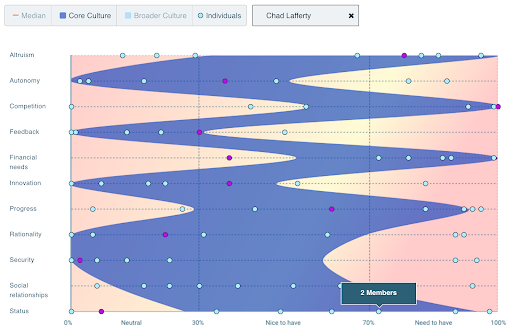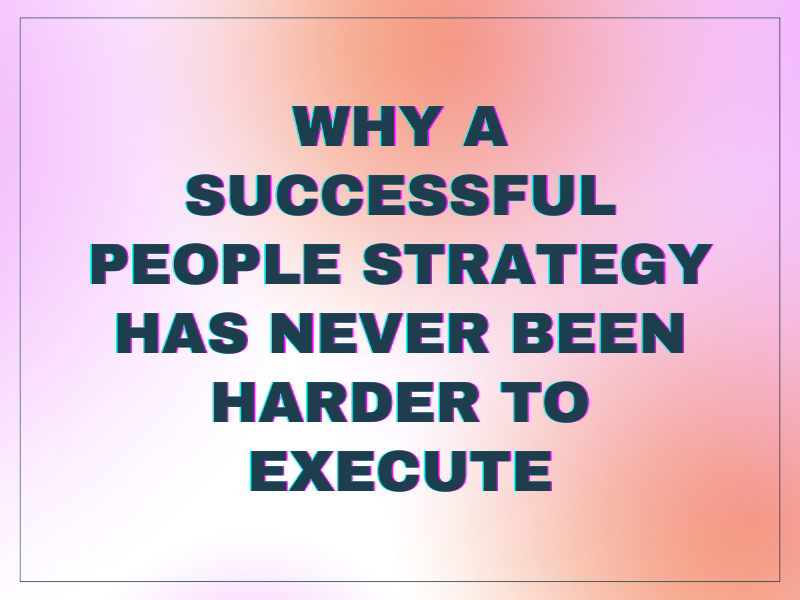I recently participated in a panel discussion about how talent acquisition leaders are adapting to a changing market. Having run a recruitment company in one of the most challenging markets in the world (Japan), the topic of candidate shortage was one I was keenly aware of. The most recent data suggests there are about 11 million jobs open in the United States, with about 4.6 million fewer job seekers. For high-skilled positions, the ratio could be as high as five or more vacancies to every job seeker.
With the situation the way it is, companies are lucky to find two or three qualified candidates—a lot fewer than we could have expected to see previously. So instead of being able to prioritize your top three candidates from a long list, you’re often left crossing your fingers and hoping that one of the candidates will accept your offer.









